the cane toad is a large amphibian native to South and Central America. They are also known as “marine toads,” and “giant neotropical toads.” These creatures have voracious appetites, which poses a problem in the areas into which they have been introduced.
Cane toads are a problematic invasive species in the southeastern United States, Australia, and a number of islands. Read on to learn about the cane toad.
Description of the Cane Toad
Cane toads are very large, and females can reach nearly 10 inches long. They have dry, bumpy skin, and hard ridges above the eyes. Their skin varies in color, and can be grey, tinged yellow, auburn, or dark green. They have large toxin glands behind their eyes, and along their backs, making them poisonous.
Interesting Facts About the Cane Toad
Cane toads are a problematic invasive species, namely because they have few natural enemies and lots of natural prey! Learn what makes can toads such a problem to native species below.
- Toxic Take-Out – If you are craving a late-night snack, a cane toad is a poor choice. Unfortunately, many animals don’t realize this. Outside of their natural range in Central and South America, cane toads have few predators. This is because of their deadly toxin, bufotenin.
- Big Mouth – Cane toads will eat anything that they can fit into their mouths. They feed on insects, small rodents, reptiles, bats, other frogs, birds, and even dog food. Unfortunately this means that they eat a lot of native prey species.
- Less Prey + Poison Frogs = … – When you take away their natural prey, and introduce a toxic prey source, predator populations will suffer. Not only will they suffer, but they will suffer heavily. Since the introduction of cane toads, the populations of native species have been steadily declining. The most notable examples of this impact are the Mertens’ water monitor, and the northern quoll.
Habitat of the Cane Toad
Cane toads, despite the nickname “marine toad,” live exclusively on land. They leave the water after their tadpole stage, and only enter it again to breed. These toads live in grasslands, subtropical forests, and woodlands in their natural range, and in areas into which they have been introduced by humans. They also show a unique affinity for urban environments, like gardens and drainage ditches.
Distribution of the Cane Toad
Cane toads naturally occur in Central and South America – as far north as Mexico and south Texas, and as far south as the central Amazon rainforest. In their natural range, they are found at a much lower density than the areas they have been introduced.
They are an invasive species on many islands, including areas in the Caribbean, the Philippines, Fiji, and New Guinea. They have also been introduced to northeast Australia, and the southeast United States. In all of the introduced locations cane toads were intentionally released to combat livestock pests.
Diet of the Cane Toad
Cane toads hunt by tracking movement. Virtually, if it is small enough to fit in its mouth, and it moves, the cane toad will eat it. They are known to eat a wide variety of invertebrates, like bugs, spiders, snails, and more. Cane toads will also commonly eat rats and mice, bats, reptiles, other amphibians, and birds.
Cane Toad and Human Interaction
Humans introduced cane toads to a number of different locations before realizing their mistake. These invasive species were originally intended to eat other pests. In multiple countries, these include sugarcane pests, such as white-grub, hawk moth, and more.
Even if they were successful at reducing pest populations, they caused native fauna to suffer. Nowadays scientists are working to combat the invasive populations.
Domestication
Cane toads have not been domesticated in any way.
Does the Cane Toad Make a Good Pet
No! Cane toads are poisonous, and can pose a danger to you and your other pets.
Cane Toad Care
In zoos, cane toads can live up to 35 years! They do not require excessive amounts of space, and will eat a wide variety of diets. Care should be taken when handling the toads, as they have glands along their backs that release toxins.
Behavior of the Cane Toad
As tadpoles, cane toads congregate into groups called “schools.” They are nocturnal predators, and hunt their prey at night. While hunting, they are solitary, but during the day they hide in groups called “knots.” They do not have complex social groups, and do not typically have to compete directly for food.
Reproduction of the Cane Toad
Cane toads reproduce during the wet season, as eggs and tadpoles must remain wet at all times. Female toads lay strands of eggs connected with a jelly-like substance in the water. These strands can be up to 66 ft. long, and contain as many as 25,000 eggs!
The eggs usually hatch in about 48 hours, but can take as long as a week. The rate at which they reach maturity varies by location, but usually occurs when they are between 3 and 4 inches long.

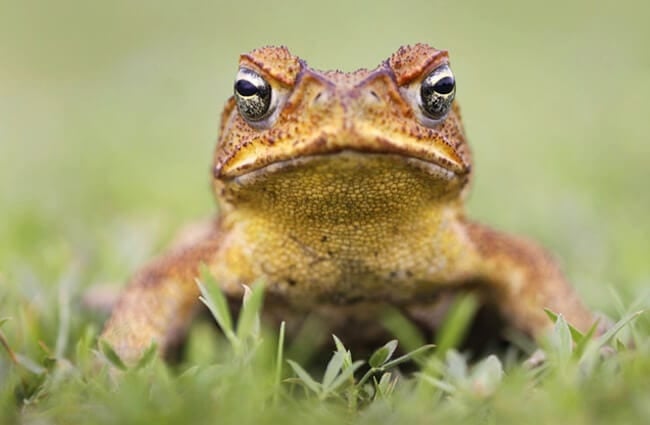


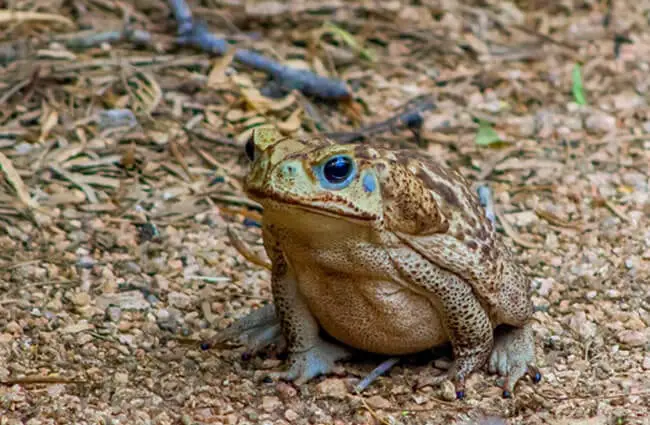
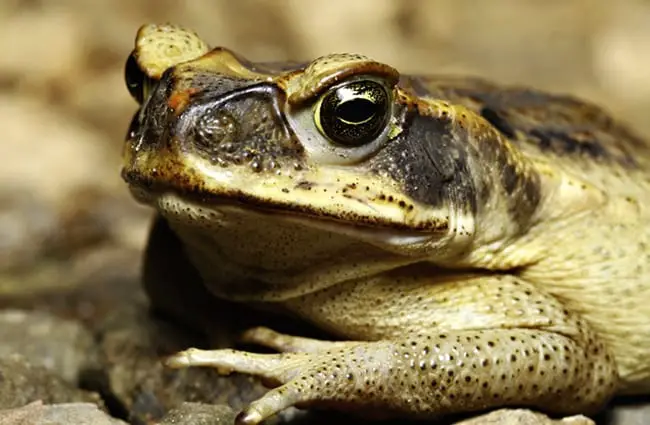



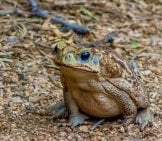
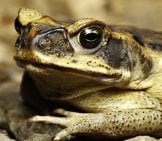
![Red Angus Closeup of a beautiful Red Angus cowPhoto by: U.S. Department of Agriculture [pubic domain]https://creativecommons.org/licenses/by/2.0/](https://animals.net/wp-content/uploads/2020/03/Red-Angus-4-238x178.jpg)












![Red Angus Closeup of a beautiful Red Angus cowPhoto by: U.S. Department of Agriculture [pubic domain]https://creativecommons.org/licenses/by/2.0/](https://animals.net/wp-content/uploads/2020/03/Red-Angus-4-100x75.jpg)

